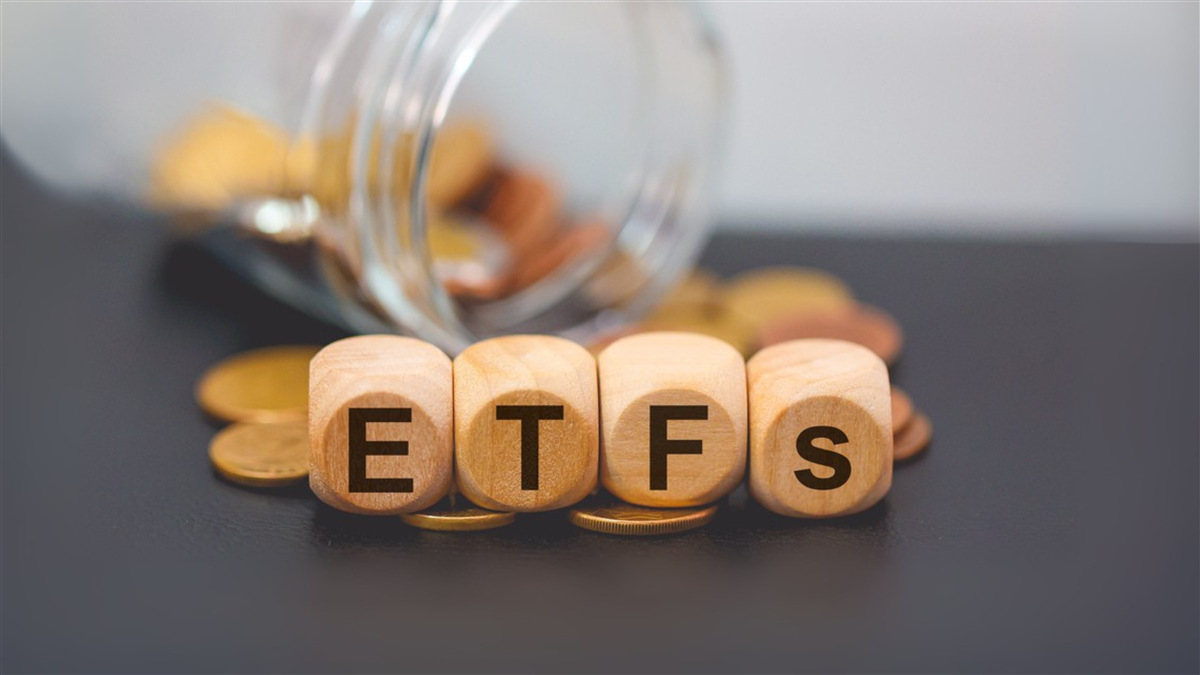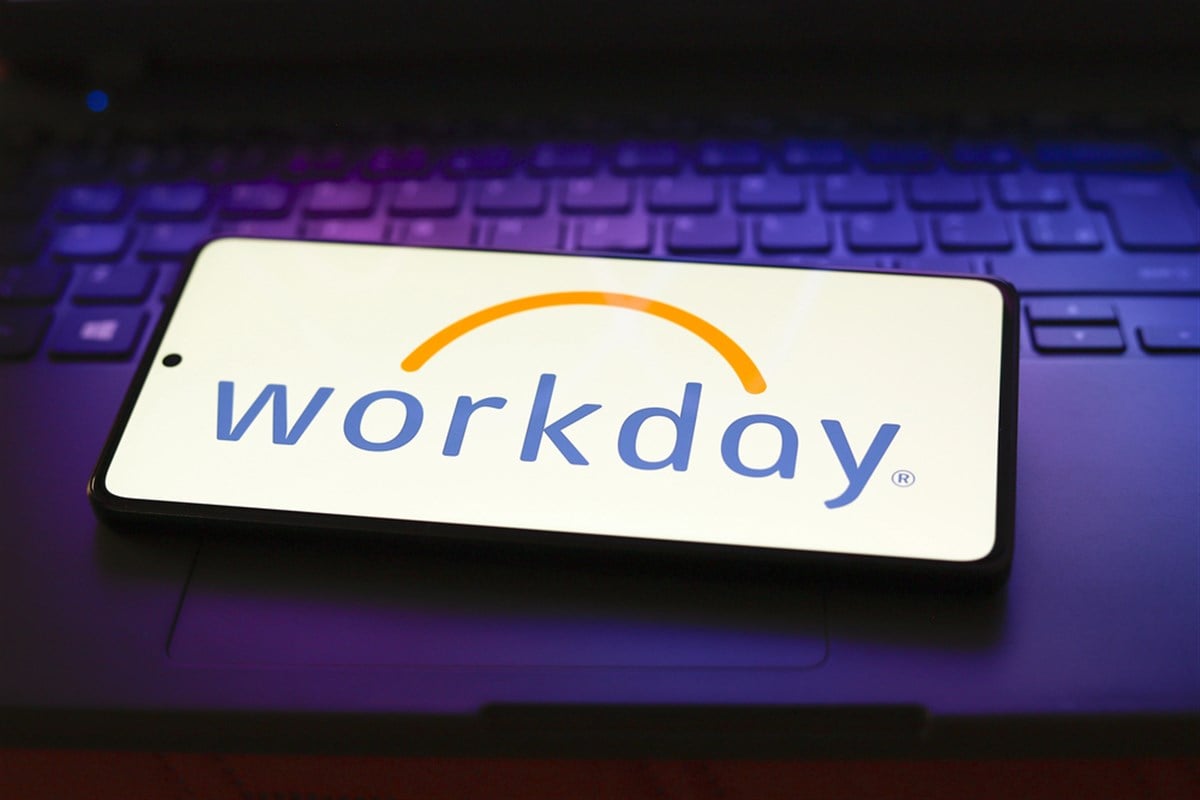The S&P 500 has entered a bear market, having lost 23% of its value from its all-time high in early January.
Short-term interest rates have been raised by the Federal Reserve as a result of this. And the rise in long-term bond rates reduces the value of future earnings, which in turn reduces the value of a company.
The sales and profits of supermarket stocks are far more consistent, even when customers cut down on spending, thus they frequently do better in bad times.
With rising expenses and shrinking profit margins, grocery stores can typically raise prices without losing customer demand.
In the most recent reading of the consumer price index, food costs at home rose by more than 10% year over year, exceeding the increases in the total CPI.
Since grocery stores are not valued based on the assumption that the majority of their earnings would be generated decades in the future, their values do not fall as much as long-dated bond rates rise. Currently, they’re making a ton of money.
According to Telsey Advisory Group analyst Joe Feldman: “We believe that these folks [grocers] are going to hold up a little bit better than other [stocks].
Cag (NYSE: CAG) is one of the greatest instances. So far this year, the stock price has dropped by roughly 8%. Since May 20, when the S&P 500 began its roller-coaster trip, it has remained essentially unchanged.
In part, Conagra’s share price success has been bolstered by product price rises.
Price increases were announced as a way to deal with rising expenses at the company’s most recent earnings conference in April. Analysts at FactSet estimate the company’s gross margin will dip to 25.5% in the current calendar year from 26.4% in 2021.
It is anticipated that the profit margin will rise back to 26% in the following year, as CEO Sean Connolly stated that there will be more price increases in the quarter ending in August—and that recent price increases have not yet caused customers to significantly reduce the number of items they buy.
The stock’s consistent value is also a factor in its support. As of the current year, the stock’s price-to-earnings ratio has dropped to roughly 12 times. Comparing this to a decrease of more than 25% in the S&P 500’s total forward earnings multiple, it’s not too awful.
As Conagra, Albertsons Companies ACI –2.53 percent (NYSE: ACI) is in the same situation. At barely nine percent, its stock price has fallen to a near standstill since May 20.
The proprietor of a grocery shop has also been able to keep its profit margins in check by raising the prices of its products. Gross margin is expected to fall from 29 percent in 2021 to 28.6 percent this year, according to analysts.
To be fair, given how much Target Corporation (NYSE: TGT) is likely to lose in gross margin this year, it’s not too shabby. After all, Target offers numerous discretionary products that customers no longer want to pay such high prices for.
According to Morgan Stanley MS –1.42 percent analyst Simeon Gutman, Albertson’s “has been excellent in controlling inflation.
Both Albertson’s and the wider market’s valuations have decreased less than Albertson’s. Compared to the S&P 500, its earnings multiple has fallen by just 20%, and the S&P 500’s multiple decreased is less than half of this.
This year has seen a lot of stock declines, and it is probable that the tendency will continue. In any case, it’s safe to say that supermarket stocks will be spared the worst of the blow.
The post Supermarket Stocks May Bring Some Relief to Investors Who Are Terrified of the Stock Market. appeared first on Best Stocks.





